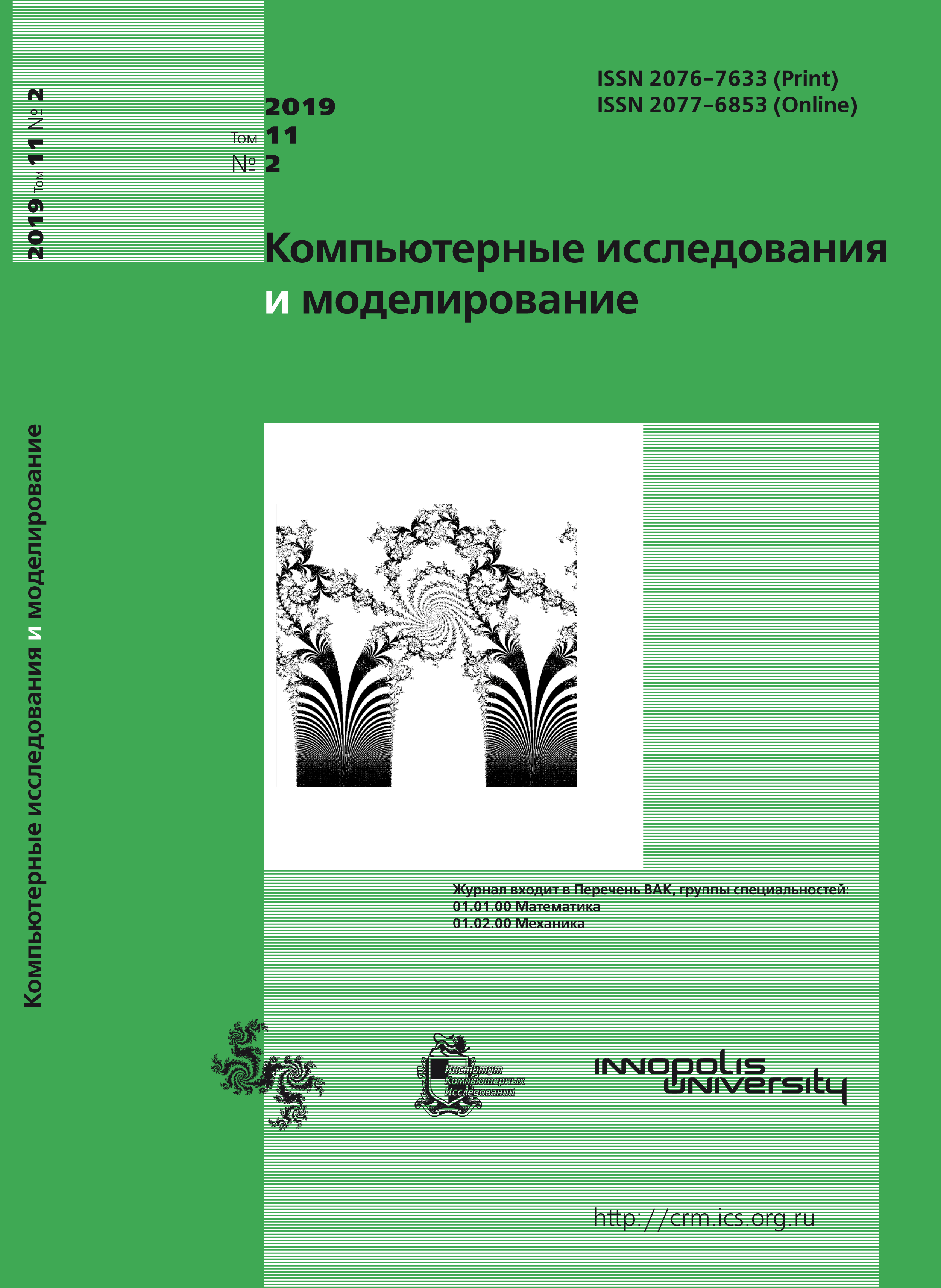All issues
- 2025 Vol. 17
- 2024 Vol. 16
- 2023 Vol. 15
- 2022 Vol. 14
- 2021 Vol. 13
- 2020 Vol. 12
- 2019 Vol. 11
- 2018 Vol. 10
- 2017 Vol. 9
- 2016 Vol. 8
- 2015 Vol. 7
- 2014 Vol. 6
- 2013 Vol. 5
- 2012 Vol. 4
- 2011 Vol. 3
- 2010 Vol. 2
- 2009 Vol. 1
Hybrid models in biomedical applications
The paper presents a review of recent developments of hybrid discrete-continuous models in cell population dynamics. Such models are widely used in the biological modelling. Cells are considered as individual objects which can divide, die by apoptosis, differentiate and move under external forces. In the simplest representation cells are considered as soft spheres, and their motion is described by Newton’s second law for their centers. In a more complete representation, cell geometry and structure can be taken into account. Cell fate is determined by concentrations of intra-cellular substances and by various substances in the extracellular matrix, such as nutrients, hormones, growth factors. Intra-cellular regulatory networks are described by ordinary differential equations while extracellular species by partial differential equations. We illustrate the application of this approach with some examples including bacteria filament and tumor growth. These examples are followed by more detailed studies of erythropoiesis and immune response. Erythrocytes are produced in the bone marrow in small cellular units called erythroblastic islands. Each island is formed by a central macrophage surrounded by erythroid progenitors in different stages of maturity. Their choice between self-renewal, differentiation and apoptosis is determined by the ERK/Fas regulation and by a growth factor produced by the macrophage. Normal functioning of erythropoiesis can be compromised by the development of multiple myeloma, a malignant blood disorder which leads to a destruction of erythroblastic islands and to sever anemia. The last part of the work is devoted to the applications of hybrid models to study immune response and the development of viral infection. A two-scale model describing processes in a lymph node and other organs including the blood compartment is presented.
Copyright © 2019 Bessonov N.M., Bocharov G.A., Bouchnita A., Volpert V.A.
Views (last year): 25.Indexed in Scopus
Full-text version of the journal is also available on the web site of the scientific electronic library eLIBRARY.RU
The journal is included in the Russian Science Citation Index
The journal is included in the RSCI
International Interdisciplinary Conference "Mathematics. Computing. Education"







